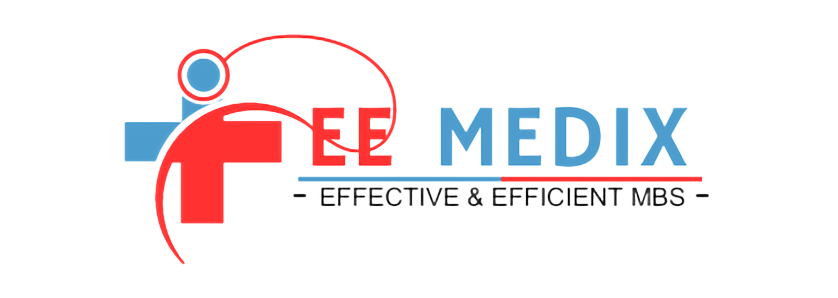World of healthcare, medical billing and coding professionals play a crucial role in ensuring that healthcare providers receive accurate reimbursement for their services. If you’re considering a career in this field, you’ve come to the right place. In this comprehensive guide, we’ll walk you through the steps to become a successful medical biller and coder.
Understanding the Basics
What Is Medical Billing and Coding?
Medical billing and coding are integral parts of the healthcare system. Medical coders translate healthcare services and procedures into universally recognized alphanumeric codes, while medical billers ensure that healthcare providers receive timely payments from insurance companies and patients.
Why Choose a Career in Medical Billing and Coding?
- Growing Demand: The healthcare industry is continuously expanding, creating a high demand for skilled professionals in medical billing and coding.
- Job Security: Healthcare facilities, insurance companies, and private practices will always require experts to handle their billing and coding needs, providing job stability.
- Work Flexibility: Many medical billers and coders have the option to work remotely, offering flexibility and work-life balance.
Educational Requirements
To start your journey as a medical biller and coder, you’ll need to meet certain educational requirements:
High School Diploma or Equivalent
Most programs require candidates to have a high school diploma or GED equivalent to begin their training.
Formal Training
Enroll in a reputable medical billing and coding program, which can be completed in as little as six months or up to two years, depending on the level of certification you aim for. Look for programs accredited by organizations like the American Health Information Management Association (AHIMA) or the American Academy of Professional Coders (AAPC).
Certification
While certification is not always mandatory, it significantly boosts your job prospects and earning potential. Common certifications include Certified Professional Coder (CPC), Certified Coding Specialist (CCS), and Certified Medical Reimbursement Specialist (CMRS).
Developing Essential Skills
Becoming a proficient medical biller and coder requires a unique skill set:
Attention to Detail
Accuracy is paramount in this profession. You’ll need to meticulously review medical records and insurance claims to avoid costly errors.
Knowledge of Medical Terminology
Familiarize yourself with medical terminology, anatomy, and physiology to accurately code procedures and diagnoses.
Understanding Coding Systems
Master the International Classification of Diseases (ICD-10), Current Procedural Terminology (CPT), and Healthcare Common Procedure Coding System (HCPCS) coding systems.
Gaining Practical Experience
Internships and Externships
Consider participating in internships or externships to gain real-world experience. These opportunities will help you apply your knowledge in a practical setting and build a professional network.
Entry-Level Positions
Start your career in entry-level positions such as medical coding assistant or billing coordinator. These roles will provide hands-on experience and opportunities for advancement.
Landing Your Dream Job
Crafting a Standout Resume
Highlight your education, certifications, and any relevant experience on your resume. Tailor your resume to the specific job you’re applying for.
Nailing the Interview
Prepare for interviews by practicing common coding scenarios and demonstrating your expertise in medical terminology and coding systems.
Continuing Education
The field of medical billing and coding is continually evolving, with updates to coding systems and regulations. To stay competitive and advance in your career, consider pursuing advanced certifications and continuing education courses.
Conclusion
Becoming a medical biller and coder is a rewarding journey that offers job security, growth opportunities, and the chance to contribute to the healthcare industry’s efficiency. With the right education, skills, and determination, you can embark on this fulfilling career path. If you’re ready to take the first step, start by exploring accredited training programs and certification options. Your future as a medical biller and coder awaits!

